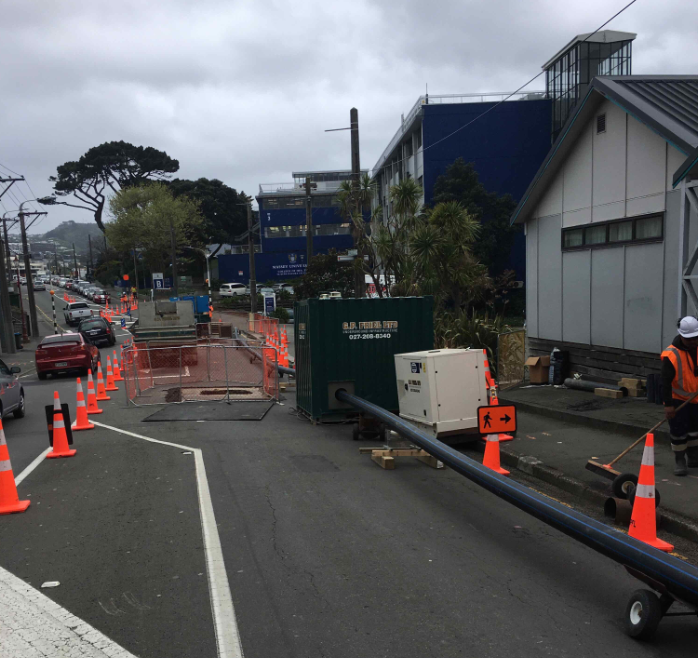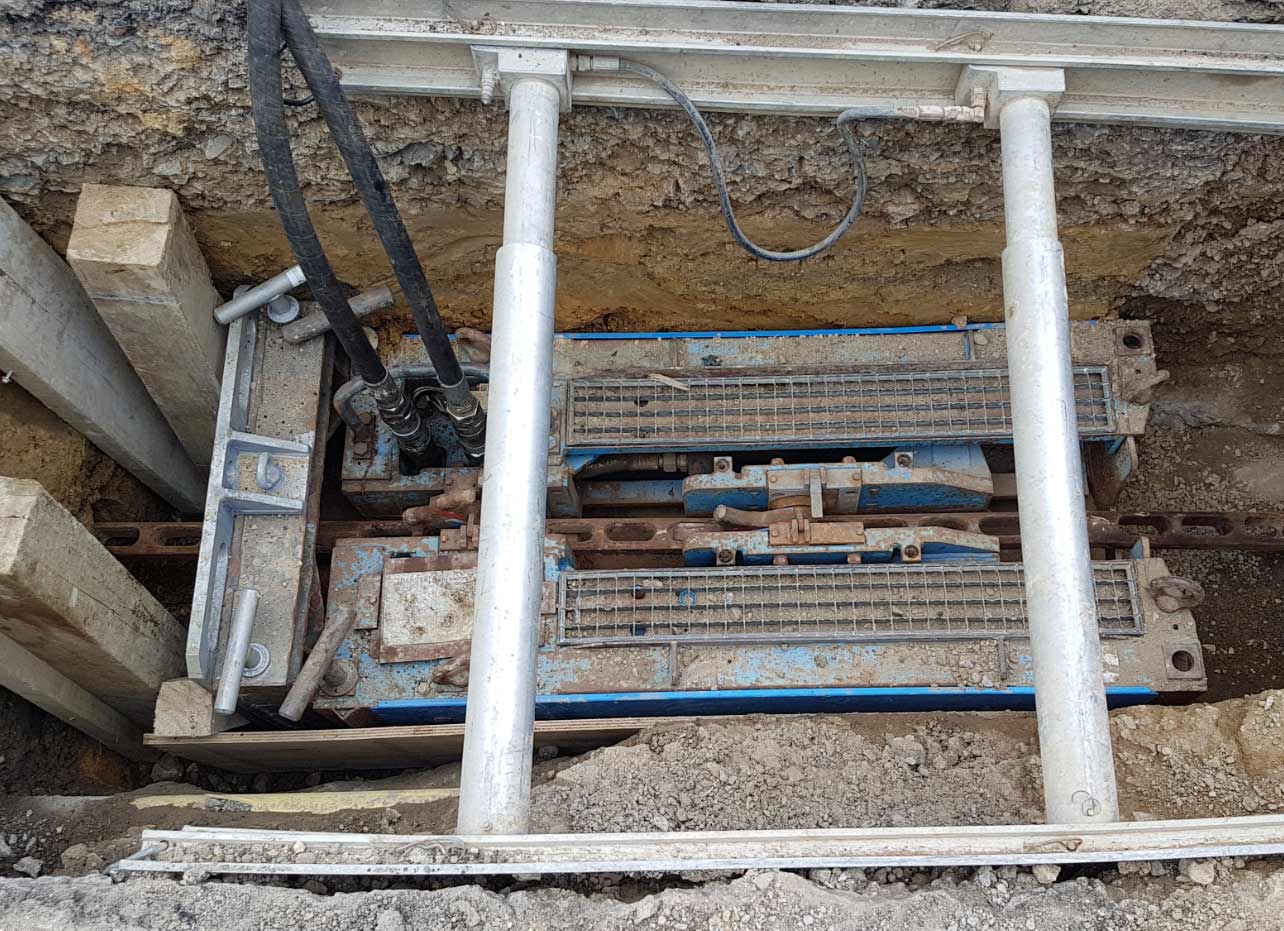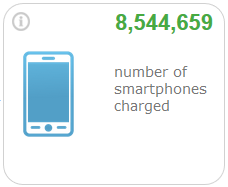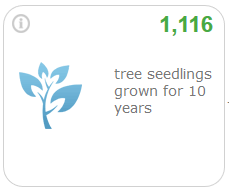There is more to the Wallace St Pipeline Corridor than just a big bulk watermain. The project includes renewals of Stormwater, Wastewater and Potable Water reticulation networks across Mt Cook. Some of these renewals are diversions to provide space for the new bulk water main; others are to improve the condition of the networks and provide resilience in the area. The renewals work has been planned to take place at the same time as the new bulk main construction on order to avoid return trips to the area and prolonged disruption for customers.
The project includes over 1000m of watermain diversion and renewal. The new mains are a combination of online and offline renewals and have all been designed to be installed by open trenching. GPFL identified that there was an opportunity to install some of these mains using trenchless methods resulting in less disruption for customers using the roads and a reduced carbon cost of the project. We collaborated with BPC and Connect Water to get these design changes approved

We have installed 460m of 125OD PE100 SDR11 main by Horizontal Directional Drilling - where the new mains are offline renewals. These were completed using a Vermeer D20x22 drill operating with up to 20,000lb (89kN) of thrust and pull back.
We are part way through a programme of 428m of online renewals. These are being completed by pipe bursting the existing 150CI main with a new 180OD PE100 SDR11 pipe. These are being completed using a Grundoburst 800g static pipe bursting tool with a splitting blade capable of pulling with up to 800kN of force.
A total of 888m of watermain installed using trenchless technology.

Trenchless methods such as Horizontal Directional Drilling and Static Pipe Bursting offer carbon savings because they require less material to be cut to waste and less permanent materials to be brought to site. There are savings due to less embodied carbon in the permanent materials – aggregates, concrete and asphalt - and due to lower transportation costs associated with the cut to waste and permanent materials.
Results:
GHG (Green House Gas) savings in tonnes of CO2 = 67.5
GHG (Green House Gas) savings as a percentage of an open cut solution = 84%
Litres of Diesel saved = 12,607
Fewer return truck trips = 167
This is equivalent to:
 or
or 